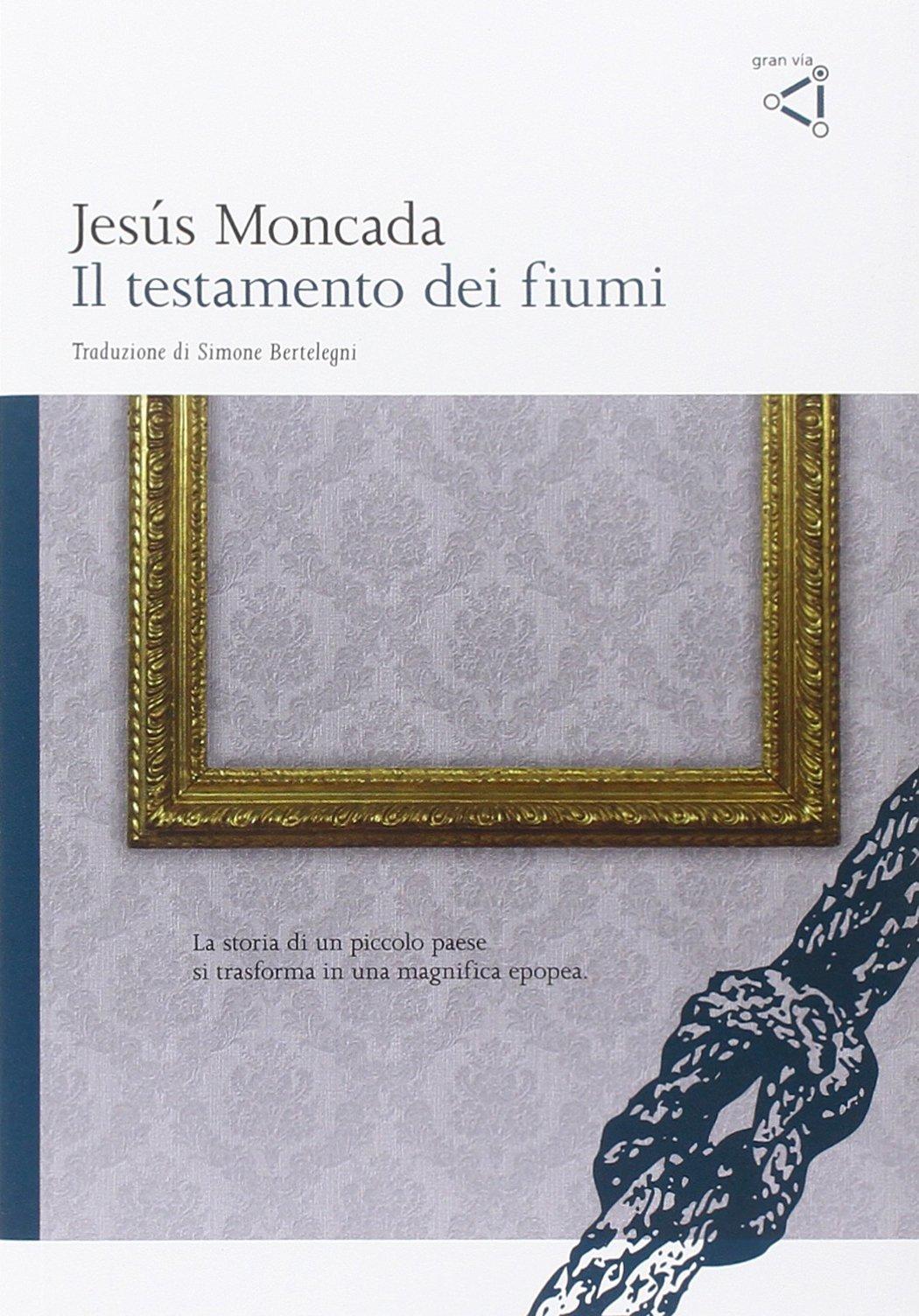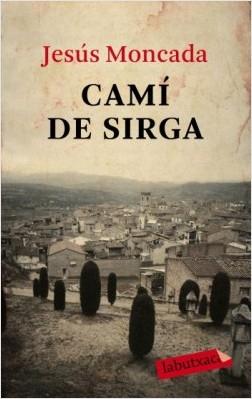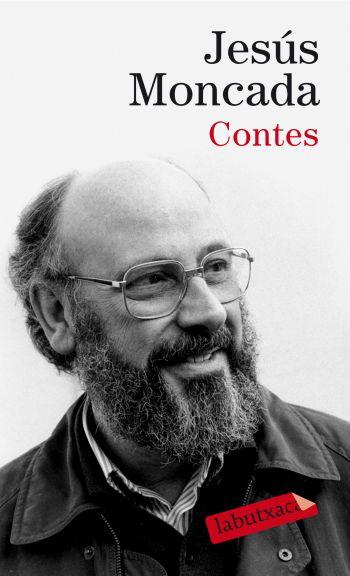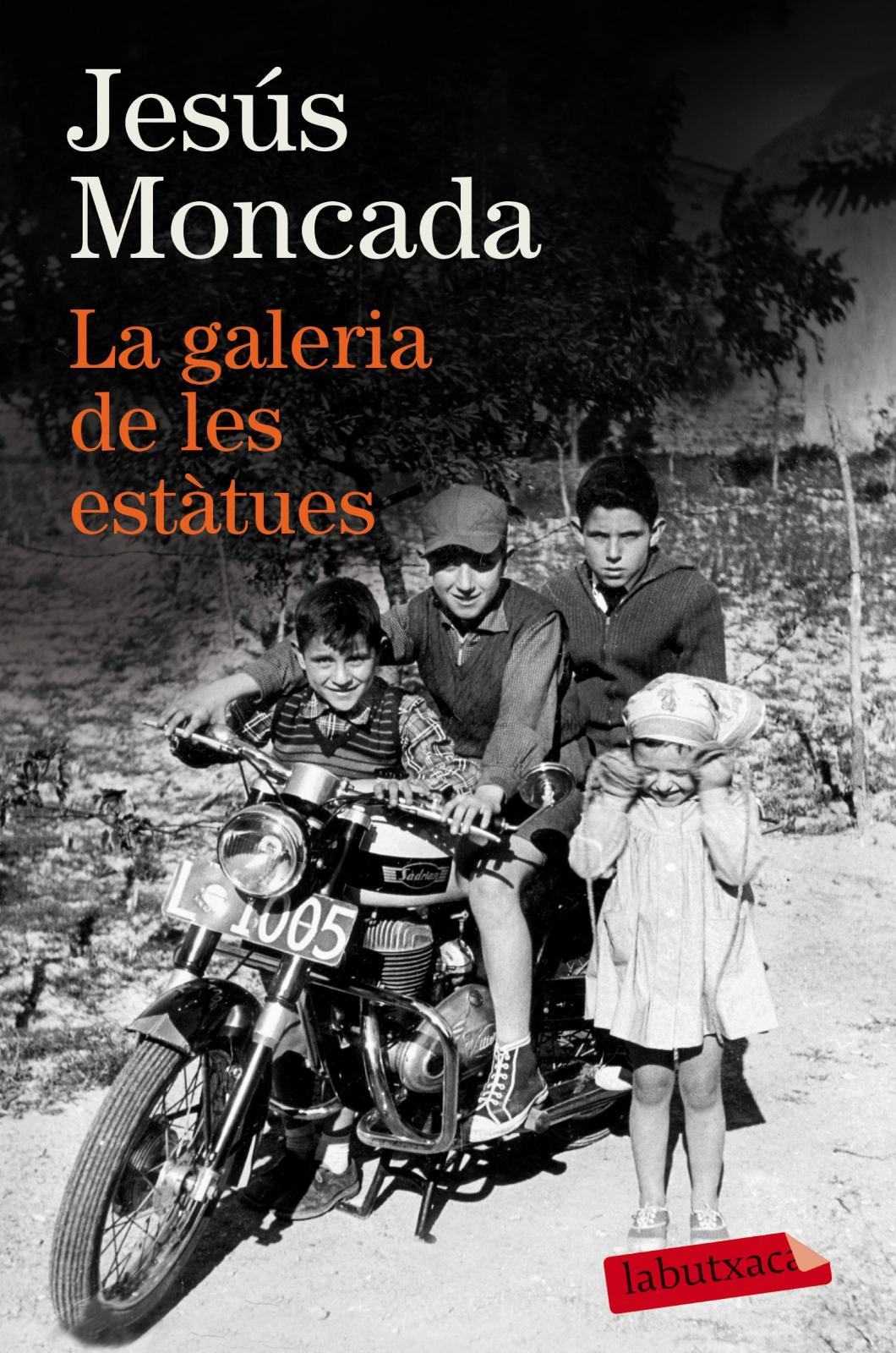If Jesús Moncada could read one of the latest papers dedicated to his work, written in Italy in 2015 by Simone Cattaneo – a Spanish literature specialist and researcher at the University of Milan – he would probably let out a sigh and think up some joke about it. For the umpteenth time, Moncada’s prose and literary world were said to be distantly related to Don Quixote, and, more closely, to García Márquez’s fictional town Macondo. This interpretation was based on Cattaneo’s reading of Il testamento dei fiumi, the Italian version of The Towpath, translated by Simone Bertelegni and published in 2014 by Gran Via Edizione, in Milan. Perhaps Moncada would smirk and drawl, ‘I’m dead and I still can't get rid of that Gabo’.
No newspaper in his lifetime reported a statement like this from Moncada. But the author from Mequinenza did have to tell several journalists that no, he had nothing to do with magic realism, and no, he had never felt any connection with Latin American literature, before, during or after its boom. In fact, he had never really been interested in it. Moncada was not one for shouting his enthusiasm for other literatures and authors from the rooftops; he preferred to forge his own path and not give many explanations. He did once mention, though, that he had read twentieth-century Italian authors quite a lot, without going into much detail.

Upon further investigation into these loose insinuations, a reader familiar with Moncada’s work might sniff out some connections to, at least, Giuseppe Tomasi di Lampedusa and Leonardo Sciascia. It is no coincidence that Mequinenza might remind the reader of Sicily and vice versa, and not on any geographical grounds, one being a town in the Baix Cinca region of eastern Aragon, the other an island south of the Italian Peninsula. The real reason is that Sicily, in Lampedusa’s and Sciascia’s writing, and Mequinenza, in Moncada’s work, are not just places. They are the beating heart of the action.
Both Lampedusa and Moncada are obsessed with memory; they strive to put it on paper, to secure it. In The Leopard, Lampedusa writes about a world that is disappearing – the aristocratic Sicily of the nineteenth century – while Moncada evokes the irretrievable memory of a village. An existence that will never come back. A true kind of buried literature, to use the term coined by Antoni Martí Monterde, a writer and lecturer in comparative literature at the University of Barcelona.
In fact, Martí has noted that ‘Lampedusa and Moncada talk about an old world with hope for the future. In Moncada’s case, I would add that he is a Benjaminian author. Moncada does not refer directly to Walter Benjamin, but it is clear from his writing that he is aware of him. The Benjaminian angel of history looks to the past and sees ruins, but still cannot help but look to the future’. Benjamin sheds light on these ideas in On the Concept of History, an essay published in 1942, two years after his suicide in Portbou, edited and given a title by his friend Theodor Adorno.
Memory and buried literature
Antoni Martí Monterde sees Moncada, Josep Pla and Miquel Pairolí as a trio of writers of memory who build their prose on imaginative foundations. ‘None of these three oeuvres – Moncada’s, Pla’s or Pairolí’s – is fantastical or fabulous, but all three writers work with their imagination’. In El príncep i el felí (The Prince and the Feline), Pairolí offers a critical reading of Lampedusa’s famous novel and explains how it was translated into Catalan by Llorenç de Villalonga, the author of Bearn: a book that has inevitably been compared to The Leopard.

When consuming Leonardo Sciascia’s and Jesús Moncada’s work, the reader cannot help but hear music that leads them from one to the other. There are also some biographical similarities between the Sicilian and the Mequinenza native. They were contemporaries, although Sciascia was born 20 years before Moncada, and both studied education, later practising at different times. The two authors also got involved in politics at a young age, though Moncada quit after a time in the PSAN (Socialist Party of National Liberation of the Catalan Countries) upon his arrival in Barcelona in the seventies. Sciascia, meanwhile, was a councillor for the communist party on Palermo City Council, but left his post after two years. He was also a member of the Italian parliament and the European Parliament for Marco Pannella’s Radical Party.
Both Sciascia and Moncada died of cancer, one at 68, the other at 64, leaving their readers without the few more books they would have wanted from them. Death is present in both writers’ work. Sciascia deals with deaths at the hands of the Mafia, Moncada, with deaths and disappearances during the Spanish Civil War. But despite the mortality to be found on both authors’ pages, their vitality and humour always balance it out.
Moncada’s and Sciascia’s approaches to their plots are testament to their intimate knowledge of the human soul, based on painstaking observation and an education in listening from their youth. The characters are rendered solid through their colourful dialogues and ways of speaking. The reader can almost draw them: the farmer, the miner, the boatman, the judge, the widow, the policemen, the chaplain, the soldier, and the chemist, called Honorat del Rom in Moncada’s writing, and Manno in Sciascia’s.
Sciascia writes in a more direct style, sometimes like a chronicle, other times with tools borrowed from crime fiction. Moncada’s style, meanwhile, focuses more on evoking what is no longer there, using a structure that takes us backwards and forwards in time. Both authors narrate events in which men and women live, suffer, fight, love, hate... Sciascia and Moncada treat their characters with compassion and tenderness; they show their contradictions, their mistakes and their passions. Precisely the elements that make them deeply human.












